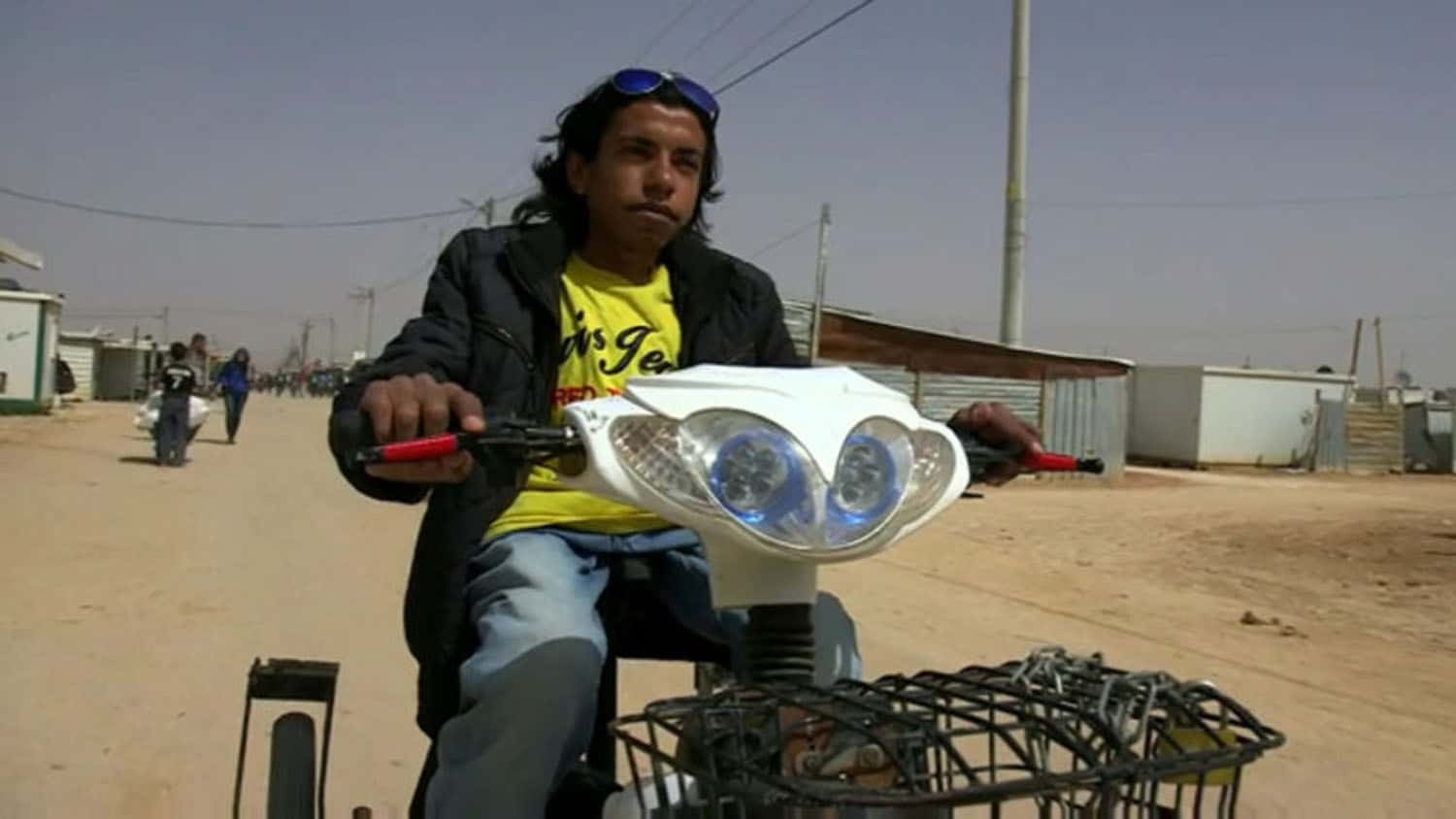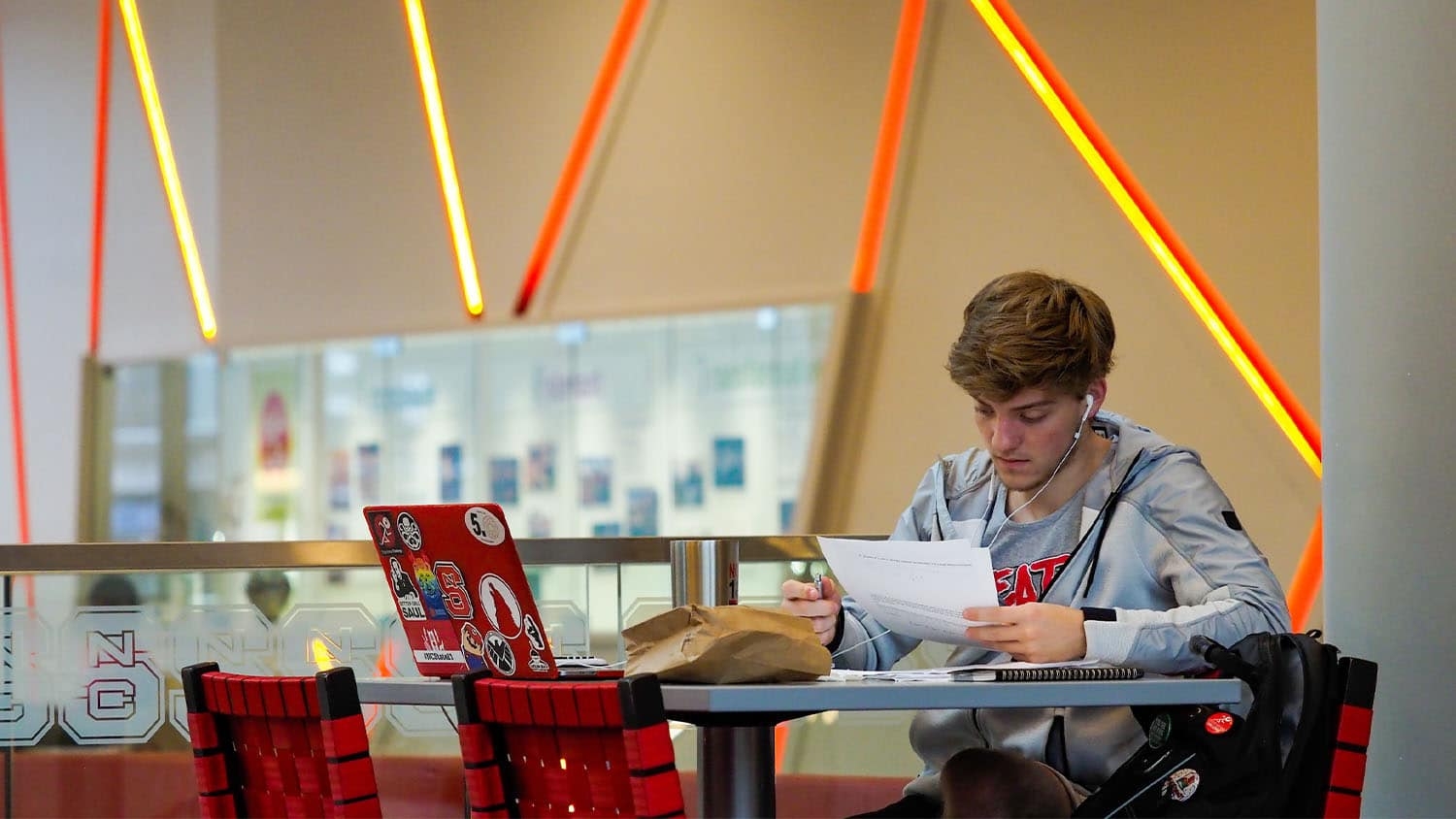Creativity as Survival: Crowdsourcing Unexpected Ways We Use Technology

Editor’s note: This is a guest post from Adriana de Souza e Silva, a professor of communication at NC State.
People and communities are constantly finding new uses for existing technologies – things the technology’s designers never intended, and possibly never even considered. To better understand this creative process, I’m part of a team of researchers that is collecting examples of how people are using mobile, networked technologies to accomplish unexpected things – from improving local transportation in low-income communities to sharing information about public health.
To identify examples of these innovative efforts, we are enlisting the public’s help. We’ve created a website called the Mobile Networked Creativity Repository to crowdsource examples from around the world.
Here’s why we’re doing this.
Creativity is a hot topic. An increasing number of trade publications aim at teaching people “how to be more creative.” Some companies are setting aside “innovation time,” encouraging employees to explore new ideas that could ultimately benefit their employers. However, these efforts all focus on creativity in the context of contributing to a corporate bottom line.
“Creativity” becomes, then, a way of enticing people to work harder, beat the competition and be successful in the workplace. This perspective presents creativity as something achieved by intense individual concentration and contemplation – an activity reserved for those with the time, money and resources to be creative.
However, we should not forget that creativity also happens in situations of hardship, where there is a lack of time, money and resources. For example, when slum dwellers in favelas or forced migrants in makeshift dwellings repurpose technology to improve their living conditions, they are not only appropriating technology: they are both collectively recreating their relationship with technology and re-inventing themselves – granting themselves autonomy, creating community, or acquiring access to services that they would otherwise not have. This process not only changes how people and communities use technology, it also changes how they view themselves and interact with the world.
We understand creativity as a process that relies on networked resources and mobility within an environment that connects people and technologies. For example, in the Zaatari refugee camp in Jordan, where walking paths are unpaved and access to wheelchairs are limited, Safwan Harb looked to his surroundings to create an electric bike made from spare parts. In doing so, he was not just inventing a wheelchair-bike—he was re-creating himself as someone with mobility. Understanding creativity from a survival perspective means removing the focus from the individual as innovator (as well as the profit-oriented goal), and instead highlighting the ongoing networked relationships among people, technologies and spaces. This creative process is not only concerned with the creation of new things. Rather, it is about the mobility and networking of resources that can improve lives and facilitate survival strategies.
Working with collaborators Mai Nou Xiong-Gum of Furman University and Kelsey Dufresne, a grad student at NC State, we’ve created the Mobile Networked Creativity Repository to capture these instances of creation, and the myriad elements that drive them. Our goal is to reframe traditional ideas of creativity by building a crowdsourced repository of creative practices that emerge from a process of survival.
Once content is published on the Mobile Networked Creativity Repository, it can be viewed, read and shared by anyone with access to the Internet via a computer or a mobile device. Moreover, because the repository is built on PubPub’s collaborative web platform, it offers support for sharing, integrating and embedding all sorts of digital content – particularly multimodal media.
We developed the repository’s format to accomplish four main goals:
(1) explain Mobile Networked Creativity for a broad audience;
(2) share existing research and materials about this topic;
(3) ask the audience to contribute to the collection; and
(4) display the crowdsourced examples we get from the public.
In building the repository, we were especially interested in collecting publicly identified instances of Mobile Networked Creativity to support the development and accessibility of a broad collection of examples from around the world. Currently, the contribution format encourages potential participants and contributors to describe and share their instances of Mobile Networked Creativity through a Google Form linked from the website.
On the form, individuals are asked to describe their example of Mobile Networked Creativity and explain its relevance. We are particularly concerned about accessibility and giving everyone the opportunity to contribute. Therefore, participants have the option to upload an audio file instead of writing a text. In addition, participants have the option to upload media files, such as photos and videos, to better describe their contribution. Finally, participants can add the geographic location of their contribution and the time frame of the event or example, if pertinent.
After reviewing submitted entries, out team uploads the most representative ones to the repository. We plan on rotating the various submissions on the main page of the repository, while also giving the public access to the submissions we receive through the repository’s Examples page. Maintaining and displaying publicly documented and accessible materials is consistent with UNESCO’s recommendations for open science to support more equitable and collaborative knowledge sharing.
Keeping in mind that most Mobile Networked Creativity processes occur outside of the Global North and English-speaking contexts, we are in the process of translating the repository into different languages. We already have a Portuguese version online, and plan to make more languages available as soon as possible. In doing so, we hope to be able to not only collect examples from all around the world, but also to reach an audience outside of traditional Global North contexts. The ultimate goal of the project is to include a diversity of communities in conceptualizing creativity outside traditional capitalist contexts, as well as making them aware that non-traditional ways of using and appropriating technology are also creative, and should be valued as such.
This post was originally published in NC State News.
- Categories:


